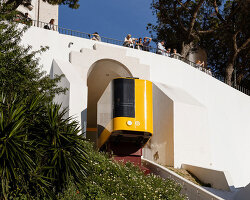prototype test for ironlev’s magnetic levitation train
On March 12th, 2024, technology company IronLev announced the successful pilot run of its magnetic levitation train as the team took it for a test on the Adria-Mestre route in Italy. Dubbed the world’s first magnetic levitation train, the vehicle was seen running on its own and without an in-person driver on an existing track for the first time ever. IronLev’s test showcased the potential of applying magnetic levitation trains to railway lines already in use, a look into the future of public transportation and goods transport systems targeting reduced noise and vibration.
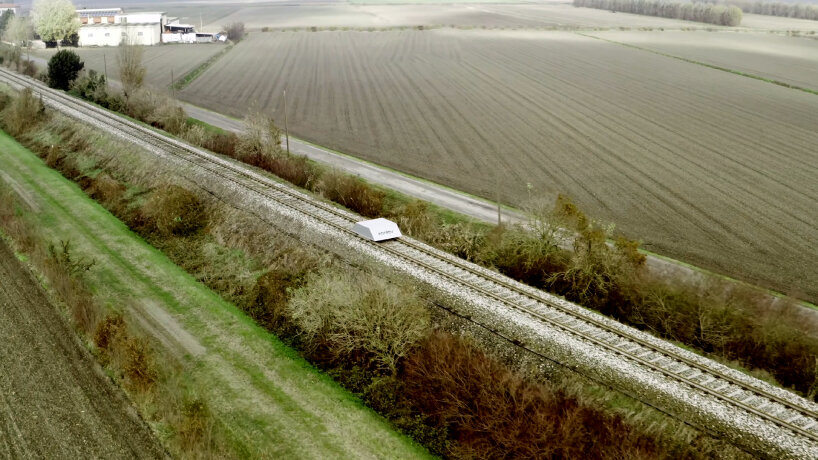
images and video stills courtesy of IronLev
IronLev says that its magnetic levitation train’s test was conducted on the Adria-Mestre route and presented at LETExpo 2024 in the presence of the President of the Veneto region, Luca Zaia. During the test, the prototype vehicle weighing one ton crossed the reference track at a self-limited speed of 70 km/h. IronLev says it didn’t make any modifications to the 2-km-long test track, and the team didn’t supplement the magnetic levitation prototype with additional elements. As seen in the video they uploaded, the magnetic skids allowed the vehicle to float on its own, interacting directly with the conventional railway tracks even without the supervision of a locomotive driver.
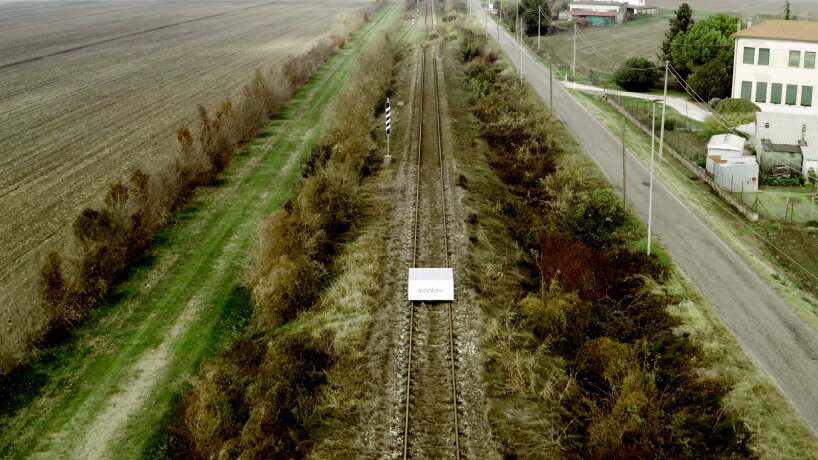
IronLev announced the successful pilot run of its self-driving magnetic levitation train
How does Magnetic levitation (MagLev) work?
Magnetic levitation has been around for some time, but transportation companies haven’t picked it up frequently because of its complex technology, high costs, and limited use. IronLev’s tests might be able to spin the wheel again, favoring their side and encouraging more companies to pick up where the past left off, given the advanced technologies the industry has these days. Magnetic levitation trains use magnets to float above a track instead of wheels rolling on it. This creates a cushion of air between the train and the track. Since there’s no contact between the train and the track, there’s less friction involved, meaning the train can go much faster and use less energy.
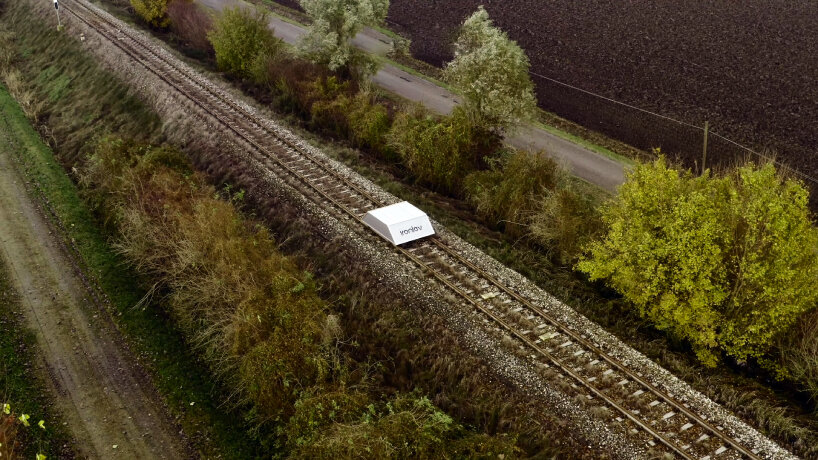
the prototype test took place on the Adria-Mestre route in the Veneto region of Italy
Magnetic levitation trains ditch the wheels too, and because of their absence, the grating sounds produced while braking or when the vehicles come to a grinding halt are eliminated. This offers a smoother and quieter ride, and on top of this, no contact also means fewer vibrations, creating a less or almost-none-shaky ride for the passengers and goods being transported. IronLev aims to bring back the discussion of transforming transportation with magnetic levitation by offering a tangible result on the cost-reduction and effectiveness of this technology, starting with its floating train and pilot test.
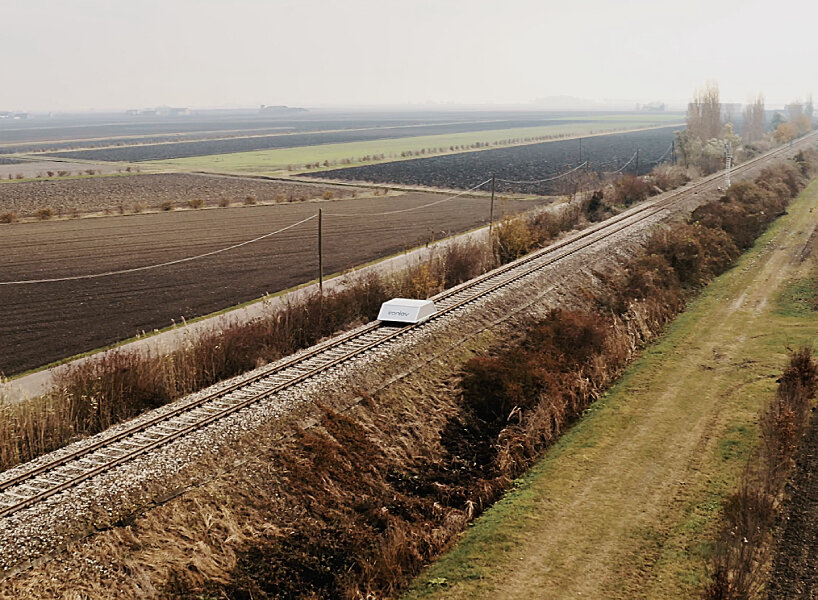
IronLev’s test showcased the potential of applying magnetic levitation trains on railway lines already in use
IronLev’s ferromagnetic material for levitation train
IronLev uses simple ferromagnetic material properties, or regular steel, that can work on any iron rail without requiring ad-hoc infrastructure to be built. The company says it doesn’t need any to build new tracks for the magnetic levitation trains since the technology can be used on existing train tracks. The trains they’re developing don’t need constant electricity to levitate, which can cut down on energy use. In a nutshell, Ironlev is attempting to produce trains that can continuously float, operate at all times, and hover on regular train tracks without generating friction or needing extra electricity to float.
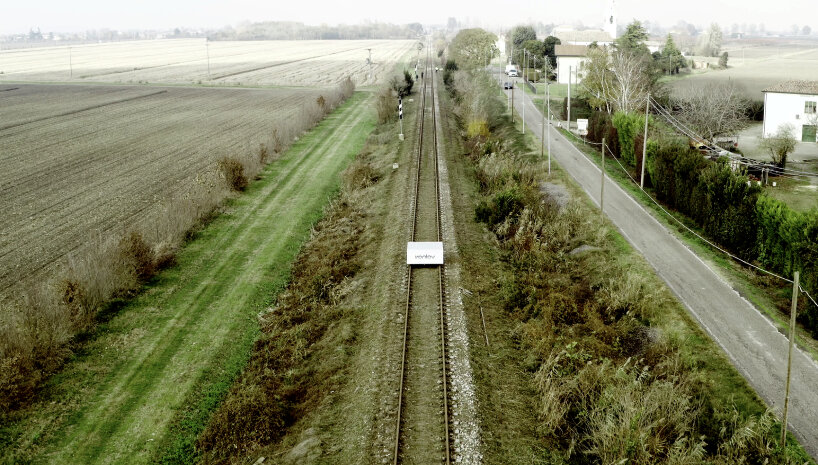
the prototype vehicle weighing one ton crossed the reference track at a self-limited speed of 70 km/h
As of publishing the story, IronLev has already set its eyes on developing an additional motorized trolley which will complete the company’s next test with a complete magnetic levitation train. This vehicle is expected to weigh up to 20 tons with a maximum speed of up to 200 km/h. While applying magnetic levitation to public transportation is part of IronLev’s mission, it’s working on commercializing the technology to people-mover transport systems first to help produce low-noise mobility solutions in urban environments.
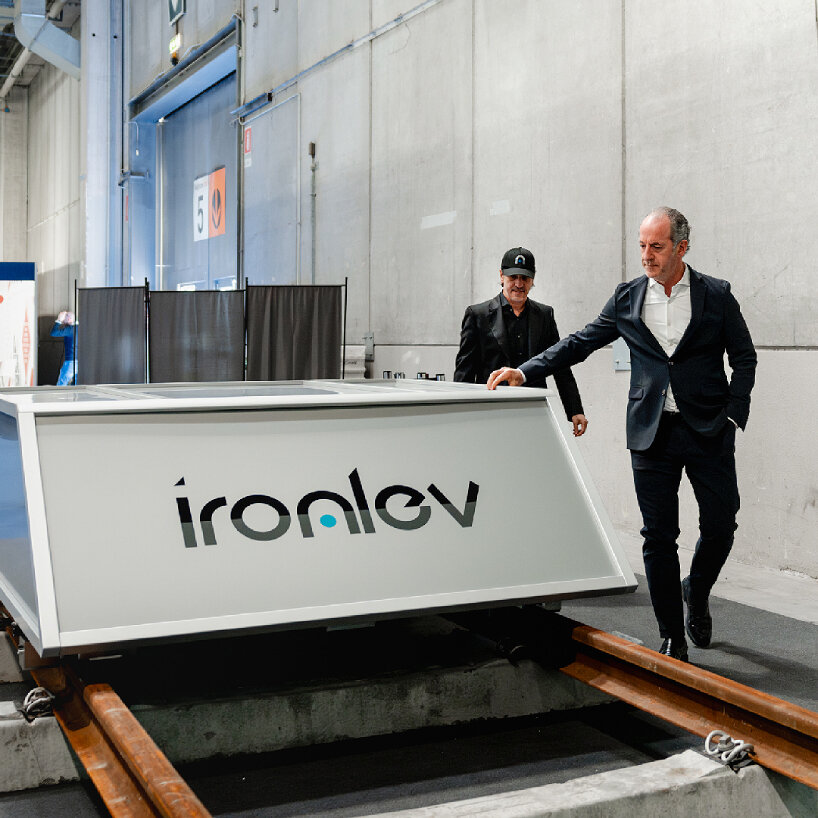
IronLev’s presentation of its magnetic levitation train at LetExpo 2024 in Verona
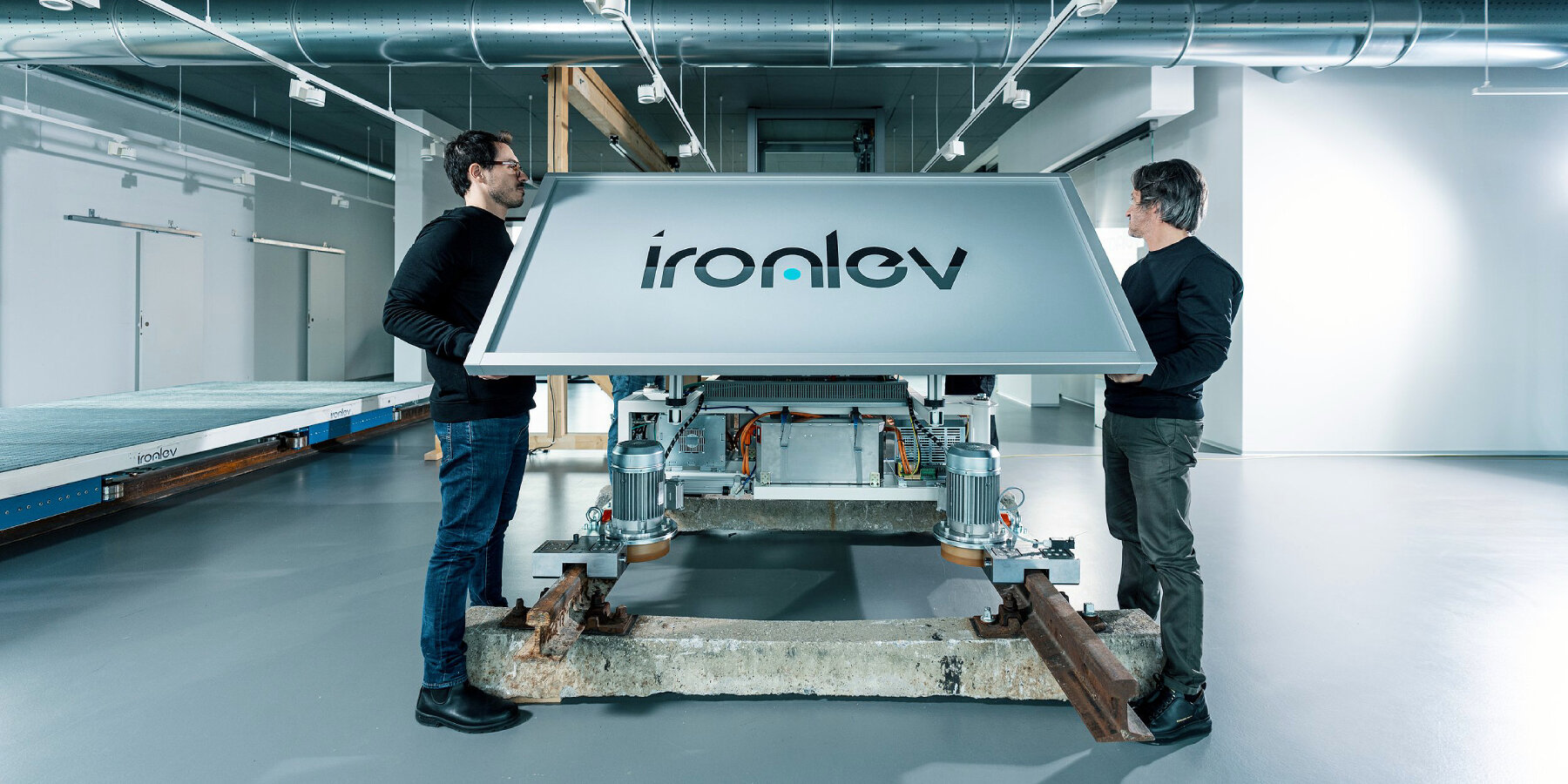
IronLev is working on commercializing the technology for people-mover transport systems
project info:
name: Magnetic levitation train test
company: IronLev





